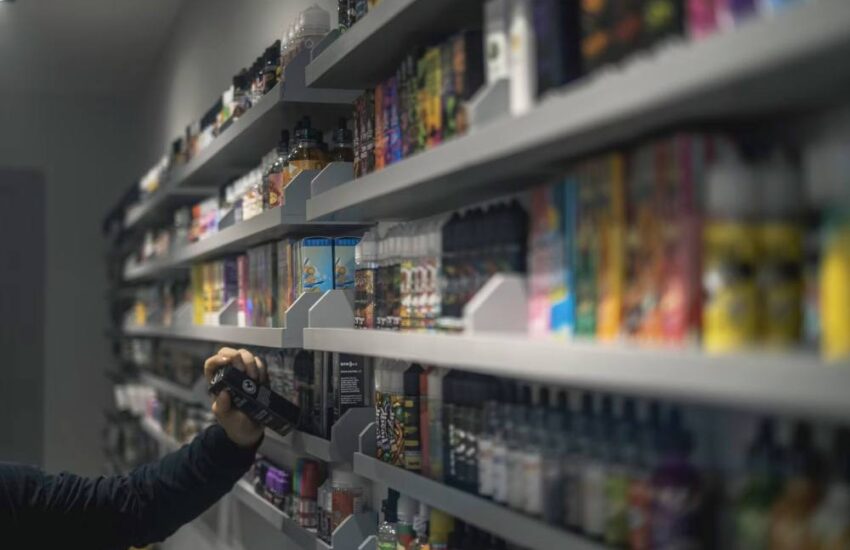A Step-By-Step Guide to Setting Up Your Acoustic Pedal Board Like a Pro
Whether you use patch cables or not, the order in which your pedals are arranged is vital. A well-arranged pedalboard can reduce setup time and help avoid impromptu tap dancing performances.

Decide on Your Patch Cables
There’s a pro audio motif where you only sound as good as the weakest link in your signal chain, so choosing high-quality patch cables is essential. They may be the least exciting part of setting up an acoustic pedal board, but they’re also crucial for ensuring all your pedals connect in an orderly and fail-proof way.
If you’re ready to put in the time and effort, you can solder your patch cables. You can find kits with all the needed materials, including instructions for completing the job like a pro.
Decide on Your Pedal Order
Pedal order is essential because it can affect the sound of any pedals that follow. Generally, buffer pedals go at the beginning of your signal chain, and distortion and overdrive pedals should be before them. However, there are no hard and fast rules – experimentation is key. Some players prefer to deviate from the conventional pedal order to create specific effects.
Measure Your Space
Pedals can be extremely useful in the studio. They can inspire experimentation, spark a new idea, or even be a way for your clients to get their hands dirty and create something they’ll be excited about. The first thing you’ll need to do is measure your space. You’ll want to ensure the pedals fit without extra space and leave room for a power supply.
Typically, you’ll need about 2″ of space between each pedal for patch cables. You can use standard patch cables, or you can also purchase a cable kit that comes with different lengths of cables and connectors. Connecting your pedals much closer with these kits will free up more room on your pedalboard.
Get Your Pedals Wired Up
Whether you’re playing acoustic guitar or not, adding pedals to your setup can improve the quality of your tone, especially in large venues where the environment can sap it of vibrancy. Pedals can make your acoustic sound more full-bodied.
Be sure to place your tuner first in the signal path – this way, you’ll be able to tune reliably without having the effects of any other pedals coloring your tone. Also, consider a true bypass pedal. Unlike buffered bypass pedals, it will ensure that your guitar’s signal isn’t impeded by the effects when it’s disengaged.
Before you attach your pedals, clean the velcro strips on your pedalboard and apply them with the loop side down (not the hook side). It will help prevent the inevitable dust build-up from getting caught underneath the velcro spines.
Test Your Pedals
Once you’ve got your pedals arranged and wired up, it’s essential to test them out to see how they work. Ensure that your power supply supplies the proper amount of current to each pedal, and check for any issues like ground loop hum or buzzing caused by pedals situated close together. It’s also worth testing the order of your pedals without the board to ensure they are in an order you are comfortable with.
If you use your wah pedal frequently, it may help to place it near your overdrive and distortion pedals so that you can easily engage all three of them together without impromptu tap-dancing! Be sure to apply the velcro on the ‘loop’ side of the strip, as this will be less abrasive on your pedals and easier to clean when it comes time to clear away the inevitable dust that builds up on your pedalboard.


